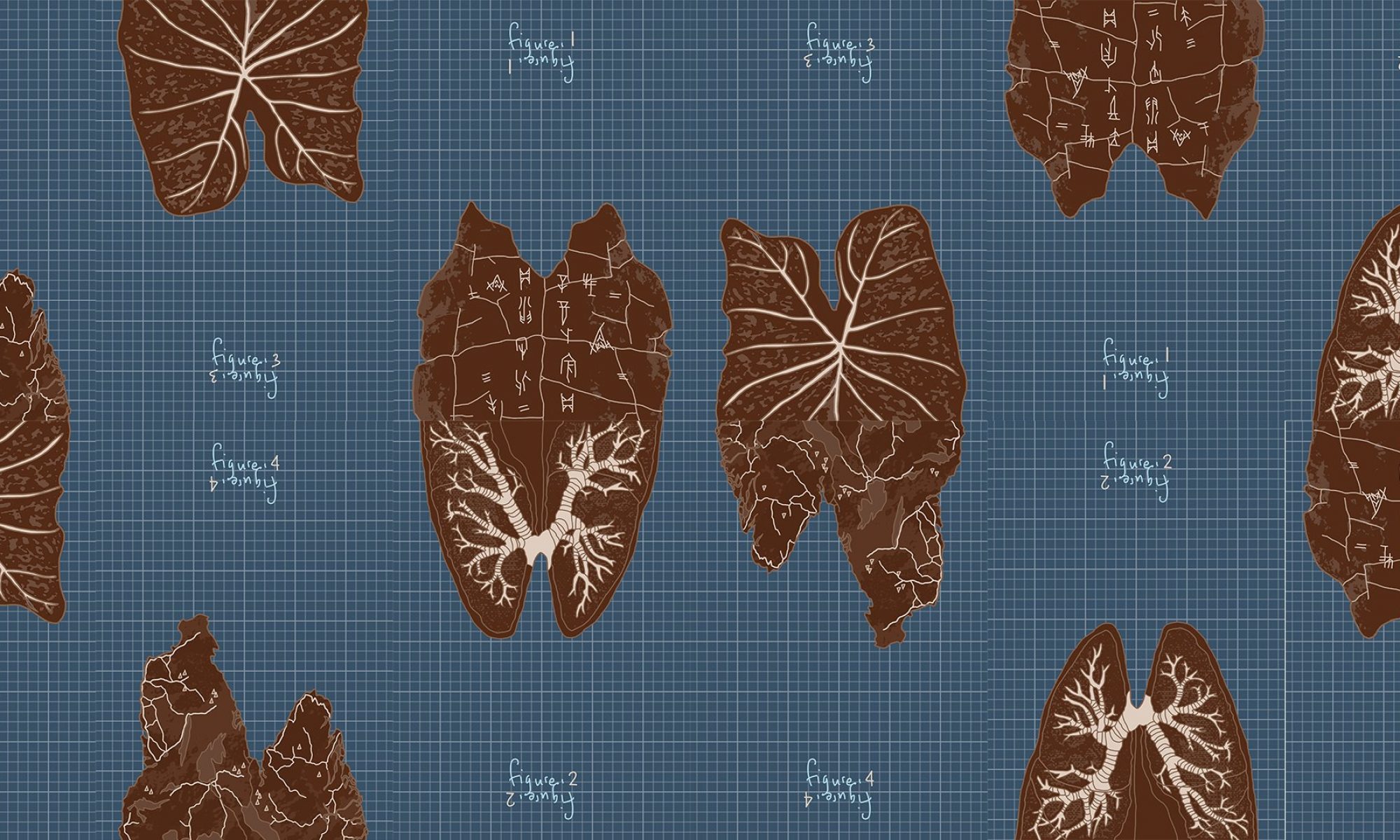“Survey with one question”
A crowd-sourced work about crowd-sourcing (with Ayesha and June)

We sent out a message on all the relevant group chats on Whatsapp and Telegram with our friends and classmates, asking them to help us complete an anonymous Google Forms survey that required of them to answer only one question. The survey was postulated to be accepting responses for only 5 minutes since it was set up (7:03PM-7:08PM), while we continued to collect responses past that window. Respondents are allowed to view the responses of other participants after completion of the survey, allowing them to compare their own guesses/expectations with the actual numbers of participation in real-time, as well as the responses of other participants who might share similar or vastly different expectations of the survey’s participation rate. A catch of the survey was that participants were not allowed to edit their responses after viewing others’. In this sense, the nature of social interaction allowed within the work is given a layer of complexity; participants are able to view the reactions of others, but not allowed to react (or express their reactions) to them.


Data collected:



We didn’t specify or limit the range of numbers that respondents could give nor give them context to the number or profile of people that the survey was sent out to. Giving our participants this freedom in answering the survey allowed us to collect responses that reflected the individual’s attitudes in participation; some responses were clearly thought out and reflected the respondent’s desire and attempt to get the best estimate, while others reflected a lack of seriousness and jokester attitude with purposely exaggerated responses. I thought this to be an important part of the work: capturing not just participation (and non-participation), but also the nature of participation captured.

The content of the work is the participation of the survey respondents themselves, with the data collected—both their question responses and participation timestamp—serving as tangible records of this.
In this work, we intended to explore the concept of participation. Frequently, we send out surveys to our friends and classmates on group chats asking them to help us out for school assignments. Receptiveness to such requests for participation vary: the messages are either ignored, postponed (and eventually forgotten) or given the attention desired (participation in the survey). A variety of factors affect the individual’s receptiveness/participation, including convenience, required time for completion, social/relational obligations (favour exchange) etc. We wanted to explore these factors and what drives participation; where there is no (appealing) incentive for participation, what makes people participate? From the data collected, people’s expectations of others’ receptiveness to participation (arguably conflated with kindness/helpfulness) are also revealed. The work is a discovery of our crowd-sourced community’s reception to participation for us, as much as it is for the participants themselves.
As opposed to a work created by a single artist/creator, this crowd-sourced work is much more dynamic and spontaneous in its creation process and outcome. We all had our own expectations of the number of responses (I wasn’t the most optimistic) that the survey would collect. Arguably, these expectations were a form of “control” over the work, and were relinquished with the unexpected data and participation rates that emerged from crowd-sourcing. It was rather refreshing to approach the concept of expectations (about participation) with the method of crowd-sourcing that rides on uncertainty and unexpected outcome.






